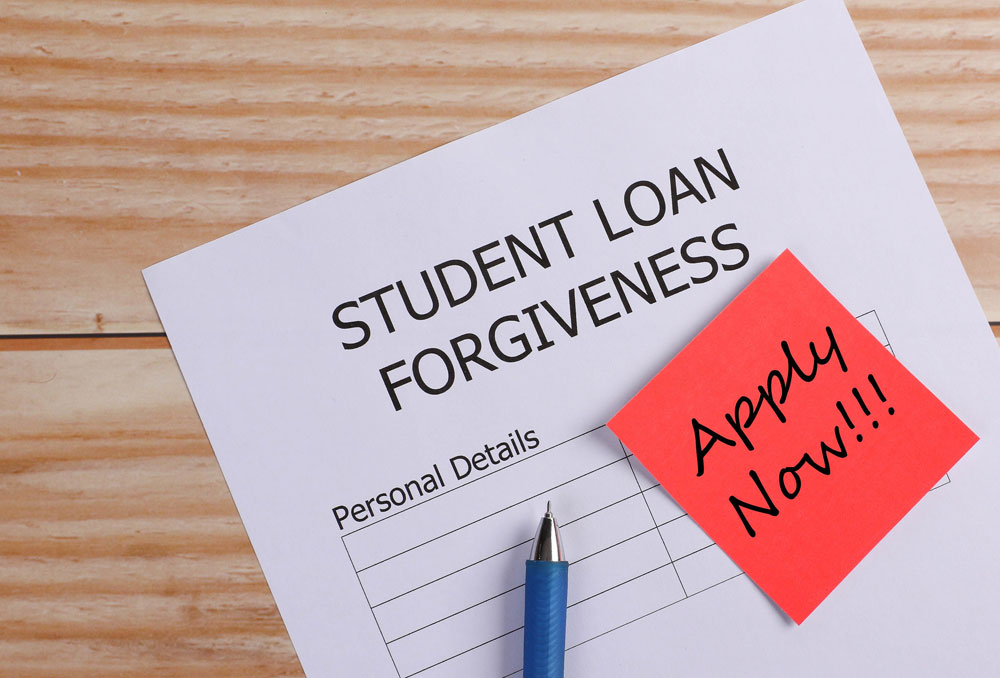
December 9, 2020; Marketplace
As NPQ has noted before, qualifying for public student loan forgiveness has never been easy. But now accumulating the requisite 120 payments has gotten a lot harder. The reason: the disappearance of many nonprofit jobs.
In September 2020, there were 976,620 fewer US nonprofit jobs than there were in February before the COVID-19 pandemic. That’s down from the peak loss of 1.6 million nonprofit jobs in the spring, but it is still an enormous number. The Johns Hopkins Center of Civil Society Studies found that most of the jobs lost are in health and human services. Many former nonprofit workers also have outstanding student loans. The burden is great; 58 percent of individuals with student loans owe more than $50,000.
During the course of the pandemic, as of October 7, 2020, less than 11 percent of those with outstanding federal student loans were making payments on them. (That translates to about 4.6 million out of the 42 million federal student borrowers. Part of that is due to the federal student loan coronavirus forbearance program, which earlier on December 4th was extended an additional month to January 31, 2021. Some people are taking advantage of the pause on all federal student loans to free up cash for other expenses. But others have become unemployed and cannot pay.
For those who remained in a nonprofit job that qualifies under public student loan forgiveness (PSLF) guidelines, even if they haven’t paid anything during the last nine months of pandemic forbearance, those months count toward their 120 required payments. However, being out of a government or nonprofit job means participation in the PSLF program is also on pause. Participants must work full-time to qualify for PSLF, and a survey from TIAA found almost 25 percent of student loan borrowers who worked in nonprofits or public service have had significant changes in their employment during the pandemic, including having their hours cut.
The nonprofit news organization Marketplace gives an example. Christopher Gaunya, a 58-year-old who was an acupuncturist at a nonprofit hospital in Hartford, Connecticut, had been paying his student loans for seven years. It has been over 20 years since he completed school for acupuncture. In that time, although he was paying regularly, an interest rate of eight percent has taken his original $65,000 loan to a high of $140,000.
Sign up for our free newsletters
Subscribe to NPQ's newsletters to have our top stories delivered directly to your inbox.
By signing up, you agree to our privacy policy and terms of use, and to receive messages from NPQ and our partners.
When Gaunya got a full-time job at the hospital, he thought, “OK, now we’re rolling, I can actually get this debt under control. I can just work hard for the next 10 years…pay my debt and still be able to build a retirement.”
“Then, of course, COVID hit,” Gaunya said. “And all of that went out the window. When I lost the job, that was my first thought: ‘Oh, my God, I am so screwed on my student loans.’”
Luckily, the 120 payments needed to get to forgiveness do not have to be ten years straight. For those who have lost their jobs, the PSLF freezes. Participants can restart where they left off if they get another qualified job. That is a big “if,” though.
“Unfortunately, for acupuncturists, there are not a lot of jobs available with employers,” Gaunya says. “Especially not-for-profit.”
There are other pathways to loan forgiveness. For instance, federal undergraduate loans under income-driven repayment plans can be forgiven after 20 years. But don’t underestimate the downsides: debt levels continue to accrue interest, and, unlike the PSLF benefit of tax-free forgiveness, the amount that is eventually forgiven after making payments on income-driven repayment plans will be taxed.—Marian Conway













